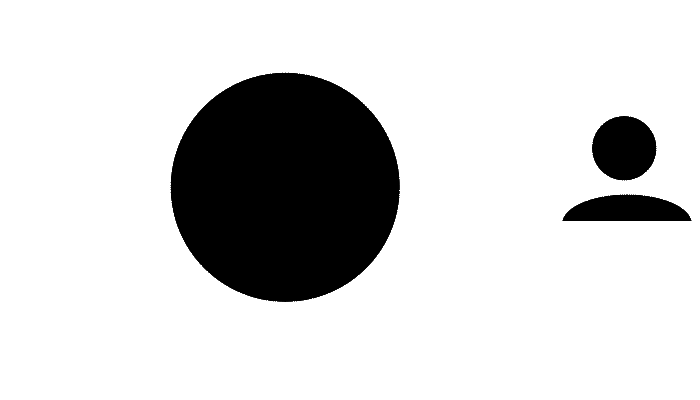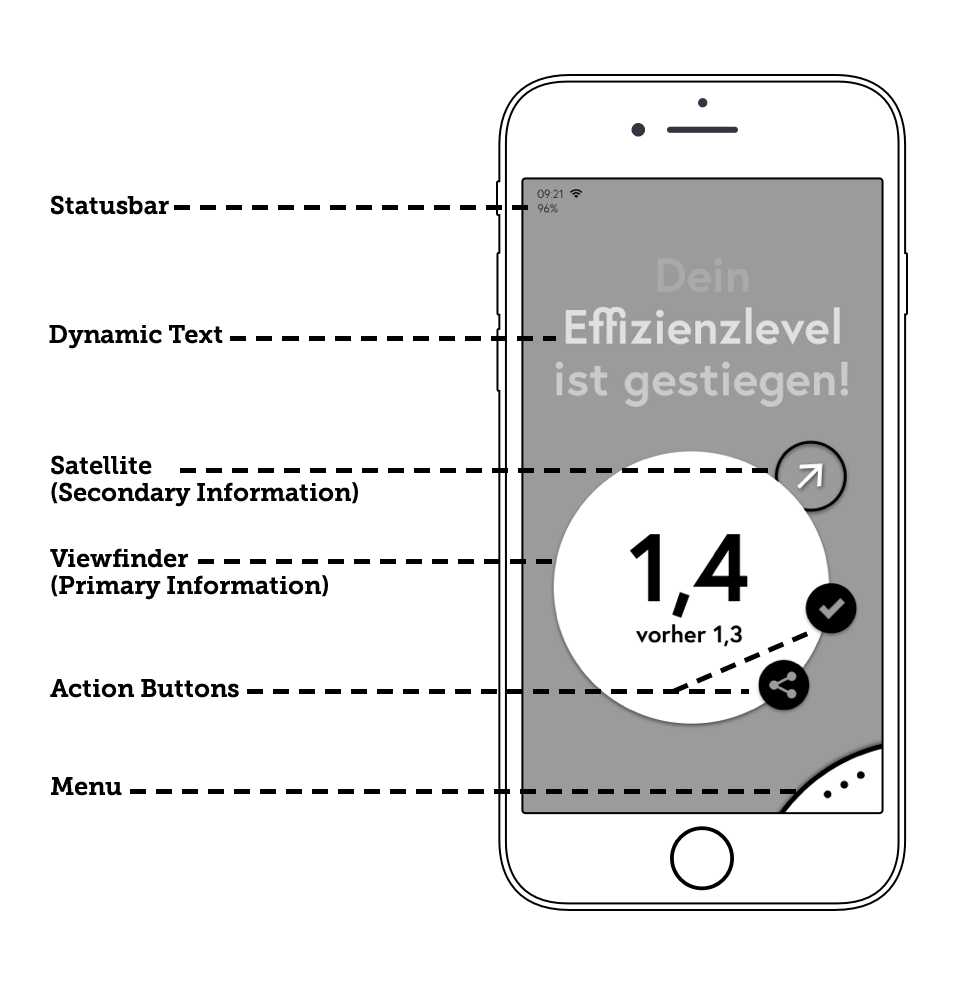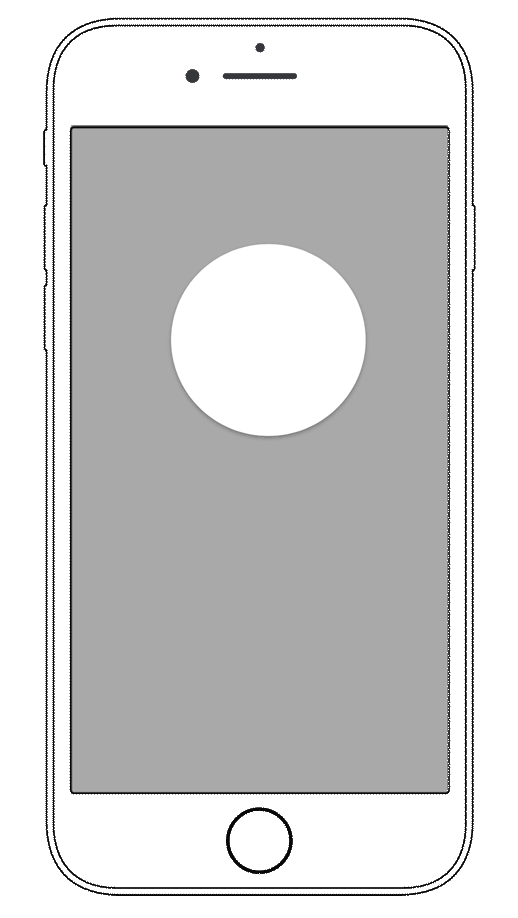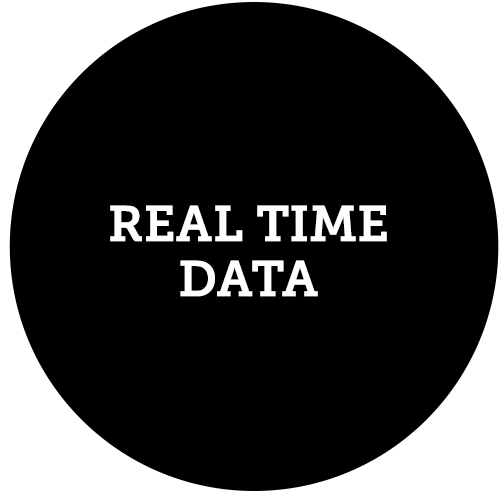pan
The Future with Smart Dust |
6th semester. Supervision: Prof. Xuyen Dam, Moby Digg.
In a future in which a so called "Smart Dust" - a network consisting of minuscule, intelligent, connected sensors - enables boundless access to all sorts of data for everyone at anytime, humanity seeks for efficiency and self-optimization.
Which effects would such a change in technology and society have on digital products and its design? To approach this question I imagined the artificial intelligence Pan, which is installed as an operating system on mobile devices within a future scenario.
Besides the concept for the operating system the result was a short film, which is based on a prototype for Pan and which shows the interactions with the artificial intelligence (see page bottom).


Smart Dust. If you have constant access to a nearly endless amount of data that also means that you are always surrounded by a flood of information. For this reason, an important task of Pan is to filter the most relevant information for the user, prioritize and schedule them. Therefore the user always receives the data he needs, even before he requests it. So Pan is a smart companion for the everyday life, which always supplies the user with the most important data and connects him or her with the environment.
Flexibility and Reduction. One of the most important formal requirements to let a system like Pan handle different, heterogenous data, is to design a flexible interface. The system can adjust to the content, act by itself or react to any input. At the same time, the user can quickly recognize the essential points and handle them intuitively.
Starting from these premises the central design element for Pan, which includes reduction as well as flexibility, emerges: the circle.


User Flow. The interaction with Pan starts during the first use with an onboarding-process: The artificial intelligence introduces itself to the user, the system gets adjusted to the particular user and the main navigation is explained.
Afterwards Pan is in its standard position, the idle mode. During that time, the system searches for useful information. At any time the user can also interact with the system or any app by him- or herself by using the touch or voice input. But in the best case Pan anticipates the wishes of the user and also suggests an appropriate following action for the particular situation.
Movement. The way an element of Pan moves also shows its purpose and meaning.
The viewfinder as the main element for example hovers constantly over the interface while it is searching for information, before it adjusts in a morphing way to the next content. The satellite as the child-element of the viewfinder is oriented towards that movement, while the action buttons enter the main screen dynamically from the direction of the app screen and so attract the attention of the user.
Furthermore all buttons give a feedback by changing their size, if pushed. Dynamic text doubles the voice of the artificial intelligence and therefore fades in and out. If a user action is expected the text stays visible until the user has acted.


Story. To present the use of Pan in an interesting and attractive way, a story was created. It describes one day in a life of two young people, Scott and Ramona, and Pan accompanies both through their days. The film shows in three parts the first use as well as the advanced interaction with the artificial intelligence.









